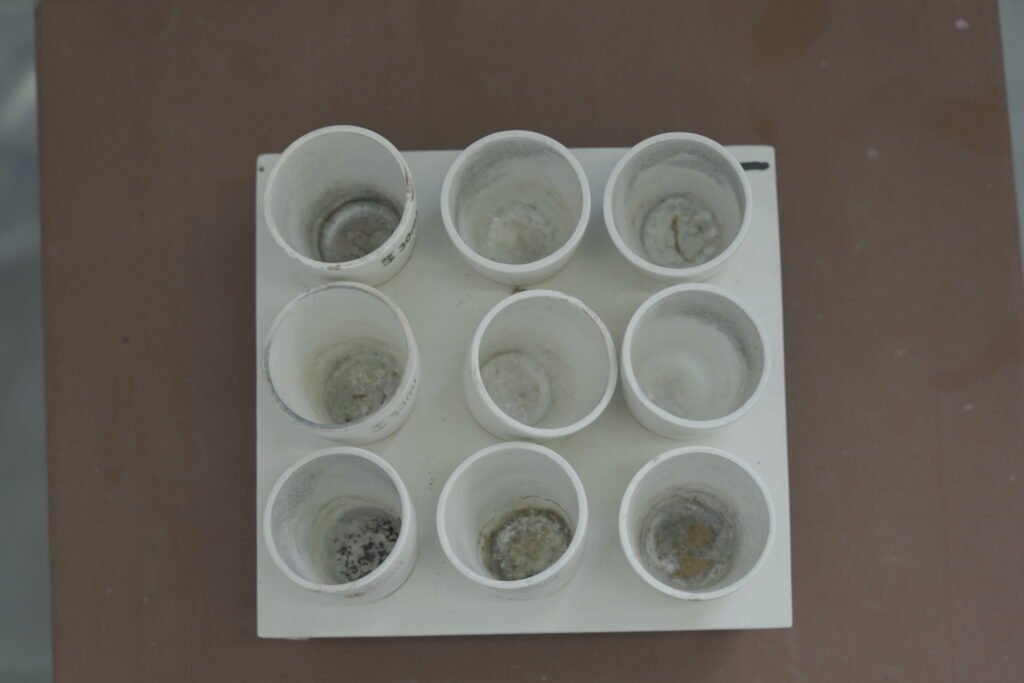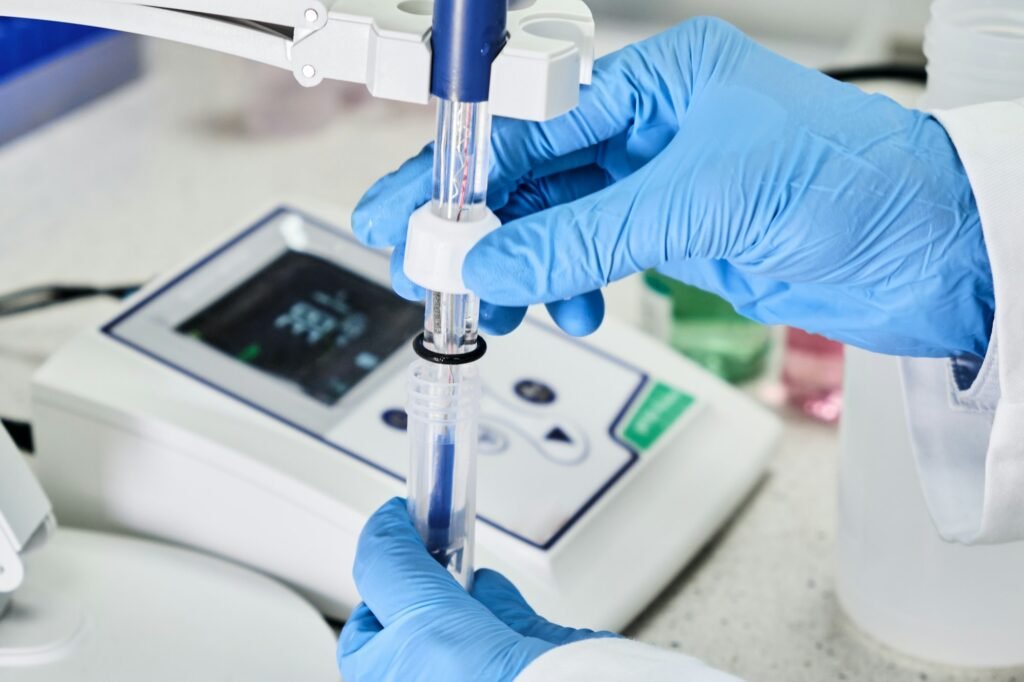HPMC aids in the adhesion of mortars and adhesives, ensuring strong bonds between substrates and building materials.
Enhanced Workability: By preventing rapid moisture loss, HPMC enhances the workability of cementitious products, allowing for smoother application.
HPMC’s water retention abilities help reduce the likelihood of cracking and shrinkage in cured products.
HPMC forms a gel layer upon hydration, controlling drug release rates for improved therapeutic effects.
Used as a coating material, HPMC offers vegan and plant-based alternatives for capsule production.
HPMC functions as a stabilizer and binder in tablet formulations, ensuring consistent tablet hardness and disintegration profiles.
HPMC improves texture, viscosity, and stability in non-dairy milk and yogurt.
HPMC can act as a low-calorie fat substitute in various food items, providing a creamy texture without added fat content.
HPMC helps thicken and stabilize shampoos, conditioners, and styling gels, providing a smooth, easy-to-apply texture.
In lotions, creams, and serums, HPMC enhances the stability of emulsions, ensuring long-lasting hydration and even application.
It improves the texture and spreadability of products like mascaras and foundations, contributing to a uniform application.
HPMC’s water retention capability is one of its most valued attributes, particularly in construction and pharmaceuticals. By holding moisture within the formulation, HPMC ensures that products cure evenly, exhibit enhanced stability, and maintain optimal performance in various environmental conditions.
One of the distinctive features of HPMC is its ability to form gels at higher temperatures, which is beneficial in applications where a controlled viscosity change is required. For example, HPMC’s gelation at specific temperatures makes it suitable for sustained-release formulations in pharmaceuticals, where controlled drug release is essential.
As a non-ionic polymer, HPMC is compatible with a wide range of materials, making it ideal for formulations where interaction between ingredients must be minimized. This property allows HPMC to maintain stability across varying pH levels, making it a versatile choice for industries requiring formulation stability.
HPMC is derived from cellulose, making it biodegradable and eco-friendly. Its biocompatibility and non-toxic nature also make it safe for use in pharmaceuticals, food, and personal care products, aligning with current sustainability trends and regulatory requirements for environmentally friendly products.
HPMC is available in several grades, each optimized for specific applications and performance criteria. Key types of HPMC grades include:
These grades differ in their chemical properties, viscosity ranges, and functional attributes, enabling manufacturers to choose the optimal grade for their products.
When selecting HPMC, it is essential to consider factors such as viscosity, degree of substitution, and intended application. High-viscosity HPMC is generally preferred for applications requiring thickening and stabilizing effects, such as in construction and food. In contrast, low-viscosity HPMC grades are more suitable for applications requiring film formation and fast dissolution, such as in pharmaceuticals.
Manufacturers should also consider HPMC’s thermal gelation properties, as formulations exposed to heat may benefit from its controlled gelation to enhance performance.
The demand for HPMC is expected to grow due to increasing applications in sustainable construction materials, vegan pharmaceuticals, and eco-friendly food alternatives. As industries continue to shift toward environmentally conscious practices, the biodegradable and safe nature of HPMC makes it a preferred choice in formulations aiming for minimal environmental impact.
In addition, advancements in HPMC modification techniques are paving the way for custom HPMC formulations with tailored functionalities, meeting specific industry needs and expanding its potential in bio-based solutions, low-carbon construction, and health-conscious products.




